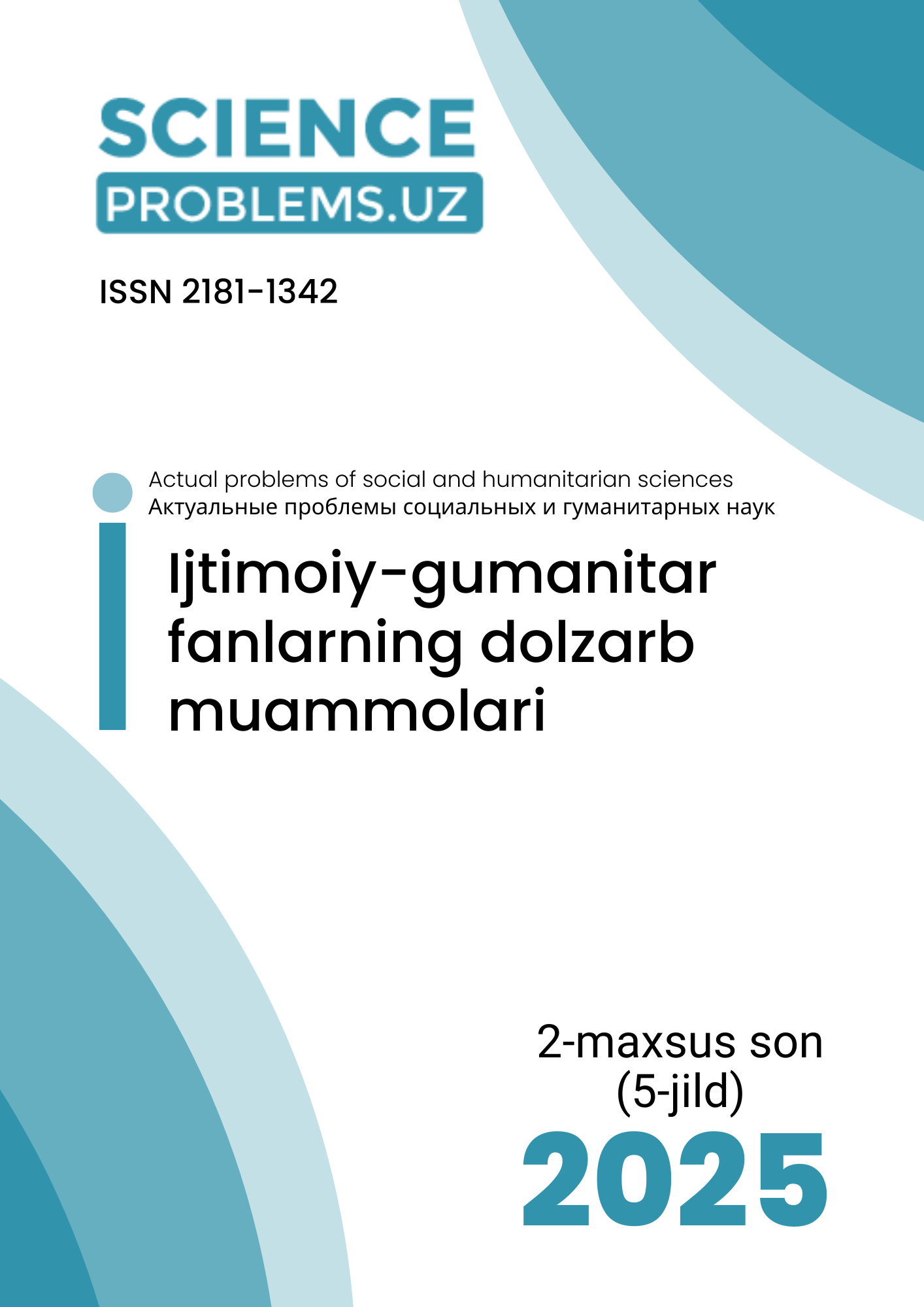THE ROLE OF PILGRIMAGE SITES IN THE DEVELOPMENT OF PILGRIMAGE TOURISM IN UZBEKISTAN
DOI:
https://doi.org/10.47390/SPR1342V5SI2Y2025N01Keywords:
Pilgrimage site, Quran, UNESCO, Sufi Allohyor, Tarikhi Mullazoda, Samarkand, Fergana Valley, sacred places, pilgrimage tourism, pilgrim, tourism opportunities, architectural structures, mausoleum, cemetery.Abstract
This article comprehensively examines the role of pilgrimage sites in the development of pilgrimage tourism in Uzbekistan and highlights the opportunities created in the country. In addition to studying pilgrimage sites, it analyzes the definitions of concepts such as religious tourism, pilgrimage tourism, and Islamic tourism provided by various authors. The achievements in developing pilgrimage tourism in Uzbekistan are assessed through the study of pilgrimage sites, and the challenges that need to be addressed are also discussed
References
1. Mirziyoyev Sh. M. Inson qadri, uning huquq va erkinliklari, qonuniy manfaatlari uchun [Matn] – Toshkent: “O‘zbekiston” nashriyoti, 2022. – B. 200-201.
2. Islom tafakkuri ilmiy-ma’rifiy, diniy-madaniy, axborot nashri O‘zbekiston xalqaro islom akademiyasi nashriyot-matbaa birlashmasi – Toshkent, 2021.
3. Tarixi Mullozoda dar zikri mazoroti Buxoro. – Tashkent: O‘zbekiston Respublikasi Fanlar akademiyasi “Fan” nashriyoti, 2019. – B. 13.
4. Tastanbekov M.M., Dinasheva L.S., Orazkhan N.O., Ospanova A. Pilgrimage Of Turkestan Muslims After joining To Russia // 2nd Cyprus International Conference on Educational Research, (CY-ICER 2013). Procedia - Social and Behavioral Sciences 89. − 2013. − Pp. 667-675.
5. http://uzbekistan-geneva.ch/ziyorat-turizmi-jadal rivojlanadi.html








